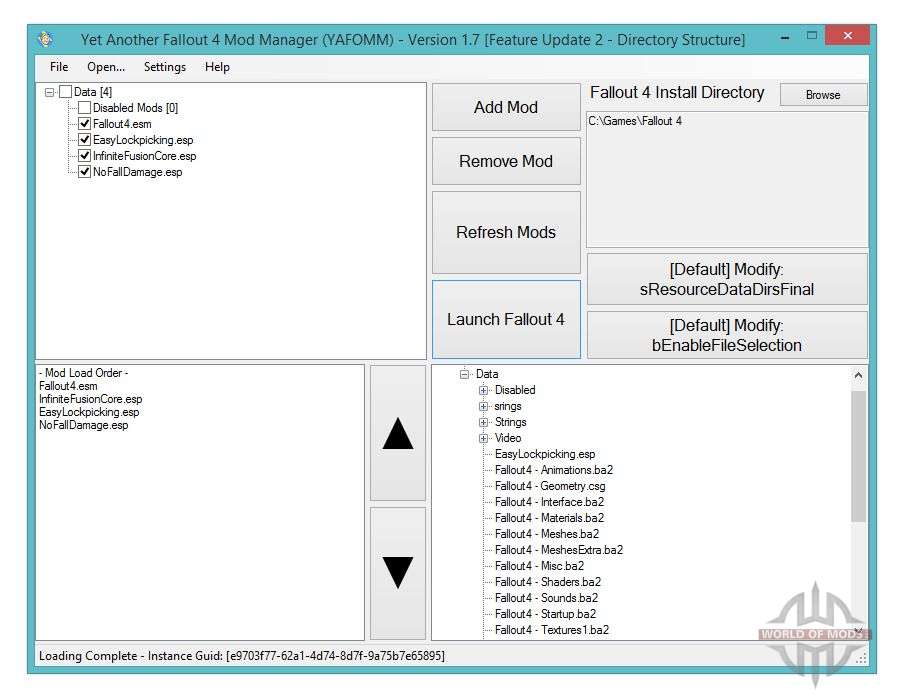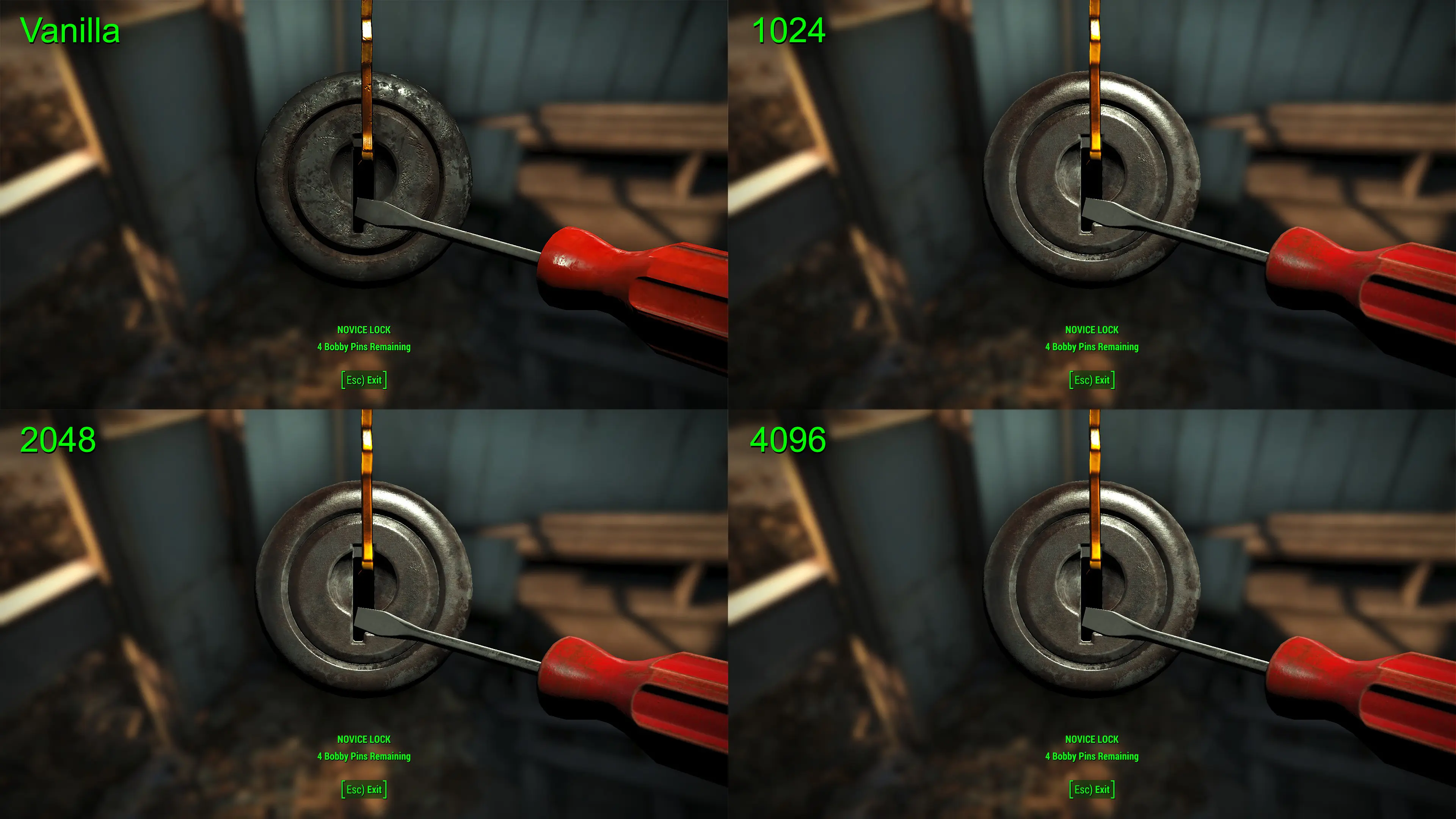




Of course, holodisks and tapes had many more uses before the war besides just data storage. However, holotapes still managed to take the world by storm and formed the basis of nearly every data storage setup, including transmissions, software backups, and even storing an abridged version of the Library of Congress in G.E.C.K.s. Storage in holotapes would be divided into "blocks" and a typical commercial holotape would have a capacity of 256 blocks to properly store data, however, the amount of data in a holotape all depended on the compression of the data. The development of technology progressed rapidly and while early holotape models could store only as much as 256 kilobytes of data (though typically, they could only hold between 128 and 64 kilobytes), the latest models from 2077 could store up to 4 terabytes (4,000 gigabytes) of data, but are far less common than holotapes due to their short time frame of availability. These disks and tapes were the very latest in pre-War information storage technology and quickly became the most widespread data storage medium, available in a variety of compatible variants. The THT reels are usually stored inside a resistant, stainless casing outfitted with a universal I/O port for connectivity. Each holodisk is capable of storing their information safely for extended periods of time, without causing read errors or data corruption. To modify, please edit the source page.ĭeveloped using Tape Holography Technology, holodisks are a high-density, laser-readable, manufactured-crystal storage device produced by Wattz Electronics. The following section is transcluded from holodisk.


 0 kommentar(er)
0 kommentar(er)
